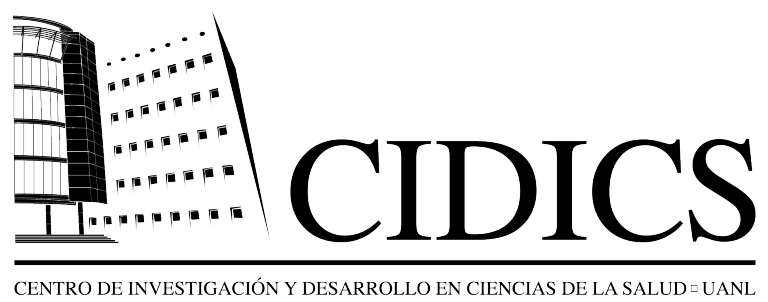Lecture: “Sleeping Disorders”
Last October 25th the conference titled “Sleeping Disorders” was held by PhD Arnoldo Téllez López, Psychological Emergencies Area Coordinator, Chief of the Health Psychology Unit CIDICS, and Chairman of the Hypnotherapy Association. Students of the CBTis 258 attended the lecture, and also visited the Neurosciences, Genomics, and Emerging Pathogens Units.
The lecture discussed topics on sleep and the disorders of it. One of the first topics was if taking a nap is good for our health and if it is a part of our circadian rhythm. Circadian rhytms are physical, mental, and behavioral changes that occur during a normal day, responding to light and darkness on the environment of an organism. An example of circadian rhythms are sleeping by night and being awake by day.
Scientific studies sustain that taking naps regularly reduce stress and considerably reduce the risk of heart disease, as well as improving the ability to pay attention. The word in Spanish “Siesta” (nap) comes from “Sexta” (Sixth), it is the sixth hour of working and concur with the hour after eating. During the postprandial effect we get sleepy after eating, but in fact, napping is part of the circadian rhythm in our brain.
The function of sleeping has a big role in our body. During our sleeping hours, our body and our brain recover for a productive day, psychologically and physiologically.
Sleeping allows us to store effectively what we learn during the day; during sleep our immunological system enhances; additionally, our Growth Human Hormone is secreted only during sleep, as well as melatonin.
There are two kinds of sleep: REM sleep, where our eye movements are fast and our cerebral metabolism is as fast as when we are aware, it is active; and SWS, or Slow-wave Sleep, it is sleeping in more depth, free of dreams a 90% of the time.
Sleeping is the state of mental confabulation, where all impulses come out, it is homeostasis, and it is very healthy. It is necessary for our frontal lobe to rest and it can be functioning properly when awake. When we don’t rest well, our frontal lobe does not work properly.
One of the main sleeping disorders is insomnia. There are three types of insomnia: at the onset of sleeping, maintaining sleep, and terminal. The main causes of insomnia are depression, chronic stress, and mainly, bad sleep habits. These can be treated pharmacologically and psychologically, though taking drugs is not advised as it develops addiction and alterations on sleeping patterns, plus, the effects last around eight hours. Physiological treatment includes relaxation, conditioning, and cognitive techniques, among others.
It was mentioned during the lecture that hypersomnia disorders are when a person sleeps too much. On this disorder are narcolepsy, sleep apneas, and the Kleine—Levin Syndrome.
Parasomnias were also discussed, as it leads to sleepwalking, having nightmares, night terrors, and unlike nightmares, you can’t remember anything, nocturnal enuresis, bruxism, and behavioral disorders of REM sleep.
Lastly, the Behavioral Disorder of REM sleep was discussed. It is more frequent on people older than 55 years old. People with this disorder try to act during their sleep, they kick, punch, jump, or get off the bed running; and they constantly injure themselves or their bed partners.

